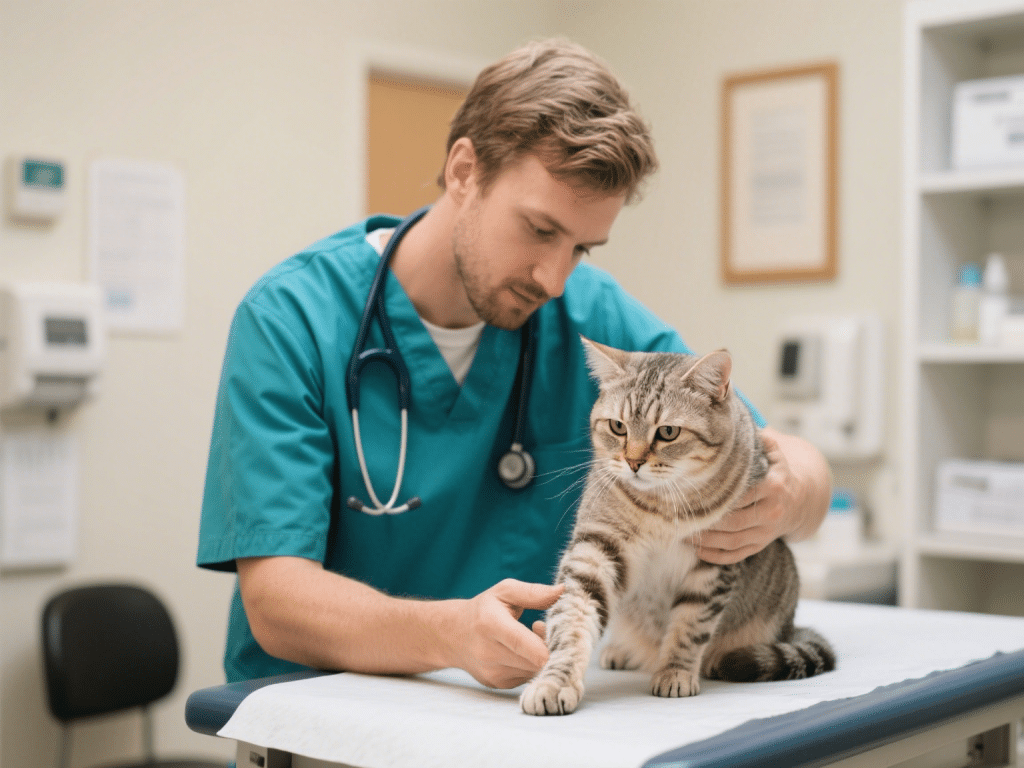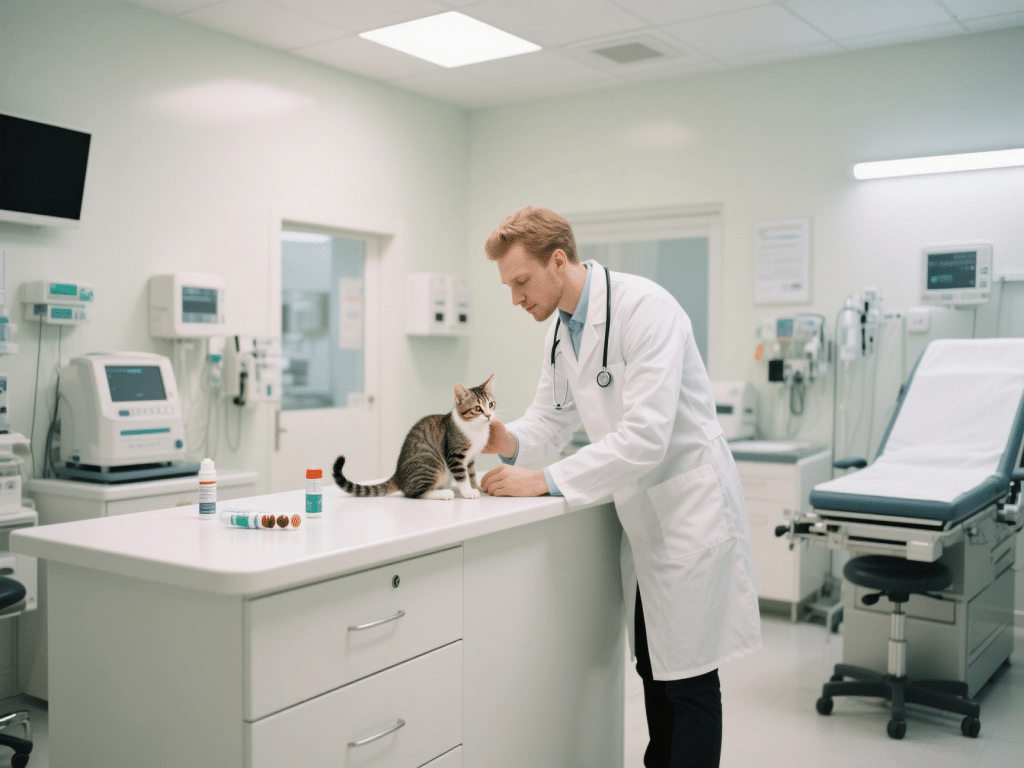
Introduction
Arthritis affects up to 90% of cats over 10 years old, causing pain, stiffness, and mobility issues. Early detection allows for prompt treatment, pain management, and improved quality of life. Learn the subtle signs and diagnostic steps to identify arthritis in senior cats.
1. Understanding Feline Arthritis
Degenerative Joint Disease (DJD): Cartilage wear leads to bone-on-bone contact, inflammation, and pain.
Risk Factors: Age, obesity, past injuries, and genetics increase likelihood.
2. Behavioral Indicators
Reduced Activity: Less interest in jumping onto furniture or climbing stairs; prefers staying on the floor.
Altered Grooming: Neglecting grooming, resulting in matted or greasy fur, especially around the back and hindquarters.
Litter Box Avoidance: Difficulty entering/exiting a tall-sided box; may urinate outside due to pain.
Increased Irritability: Flinching or growling when touched on painful joints; seeking solitude.
3. Physical Signs
Stiffness When Rising: Observe reluctance to stand, a slow stretch, or a rigid back straight from rest.
Limping or Lameness: Noticeable favoring of one limb, especially after napping.
Muscle Atrophy: Decreased muscle mass around hip and shoulder joints; uneven body shape.
Joint Swelling: Palpate for heat, swelling, or thickened joints; signs can be subtle.
4. Diagnostic Steps
Veterinary Examination: Schedule a physical exam focusing on joint palpation; note pain response.
Radiographs (X-Rays): Confirm DJD by identifying osteophytes (bone spurs), joint space narrowing, and cartilage loss.
Blood Work: Rule out conditions like hyperthyroidism or kidney disease that may mask arthritis.
Weight Assessment: Evaluate body condition score; extra weight exacerbates joint strain.
5. Management & Treatment Options
A. Pain Management
NSAIDs: Vet-prescribed meloxicam or robenacoxib to reduce inflammation and pain.
Analgesics: Gabapentin for neuropathic discomfort; use under veterinary guidance.
B. Nutritional Support
Joint Supplements: Glucosamine, chondroitin, and omega-3 fatty acids support cartilage health and reduce inflammation.
Weight Control Diet: Implement calorie-restricted, high-protein diets if overweight.
C. Environmental Adjustments
Accessible Furniture: Provide ramps, low-entry litter boxes, and heated beds to ease movement.
Warmth & Comfort: Use heated pads or soft blankets in sleeping areas to soothe aching joints.
D. Physical Therapy
Gentle Massage: Light strokes along the spine and limbs improve circulation and reduce stiffness.
Hydrotherapy: Supervised water exercises under veterinary guidance offer low-impact joint movement.
6. Monitoring Progress
Pain Scoring: Utilize tools like the Feline Musculoskeletal Pain Index (FMPI) to track pain levels.
Behavior Logs: Record daily activity, appetite, and litter box habits to assess treatment efficacy.
Regular Vet Check-Ups: Schedule follow-ups every 3–6 months to adjust therapy and medications.
Conclusion
Early recognition of arthritis in senior cats enables timely intervention, reducing pain and preserving mobility. By observing behavioral changes, conducting thorough examinations, and implementing a multimodal management plan—including pain relief, dietary support, and environmental adjustments—you can significantly improve your cat’s comfort and quality of life. Regular monitoring and veterinary collaboration are essential for ongoing care.









Comments on "How to Spot Early Signs of Arthritis in Senior Cats" :